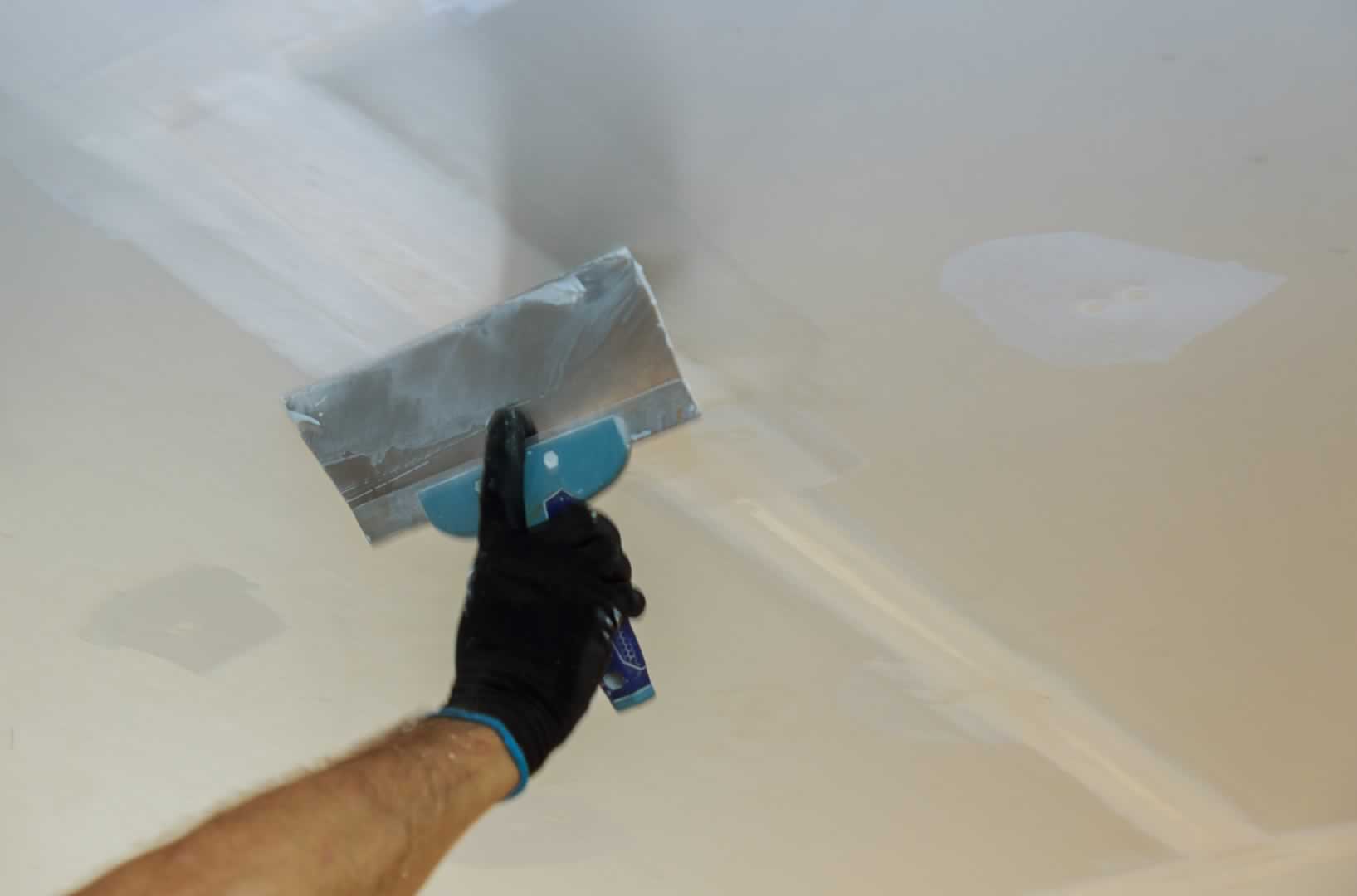Crucial Tools and Methods for Specialist Plastering in your home
Crucial Tools and Methods for Specialist Plastering in your home
Blog Article
Trick Tips and Devices for Effective Gluing in your house Enhancement Ventures
Achieving a flawless plaster finish in your home enhancement jobs needs a blend of the right tools and proven strategies. Recognizing the nuances of mixing plaster and using it in thin layers can significantly affect the last outcome.
Vital Gluing Devices
The necessary devices incorporate a range of applies designed to facilitate the gluing process successfully and effectively. Key components include a hawk, which is a flat, square tool made use of to hold the plaster while applying it to surface areas.

In addition, a mixing bucket is essential for preparing plaster, guaranteeing the appropriate uniformity prior to application (Plastering). Together, these vital plastering tools allow both specialists and Do it yourself fanatics to achieve premium results in their plastering projects.
Surface Area Prep Work Techniques
Properly preparing the surface area before plastering is critical for guaranteeing adhesion and attaining a flawless coating. The primary step includes cleansing the surface area to eliminate any kind of dirt, grease, or old paint that may hinder the plaster's ability to bond efficiently. A thorough wash with an ideal cleansing option is recommended, complied with by washing and enabling the surface area to dry completely.
Next, examine the surface for any blemishes or splits. These must be loaded with a suitable filler compound and permitted to treat according to the maker's directions. For porous surfaces, using a primer is vital to boost and create a consistent texture adhesion.
In addition, it is essential to make certain that the surface is secure and structurally noise. Any loosened materials, such as flaking paint or damaged drywall, must be repaired or gotten rid of. If dealing with masonry surface areas, take into consideration utilizing a scratch coat to boost hold.
Combining Plaster Like a Pro

Utilizing a clean mixing container, pour the water first, then progressively include the plaster powder while mixing continuously - Plastering. This method helps to avoid clumping and guarantees an even circulation of products. A mechanical mixer can be helpful, conserving and giving consistent results time. Go for a creamy, lump-free uniformity that permits easy dispersing yet is thick enough to hold its shape without running.
Once mixed, enable the plaster to rest for a few mins to allow the gypsum crystals to moisturize totally. This resting period improves workability and lowers the risk of fracturing during application. By complying with these steps, you can mix plaster like a professional, setting the foundation for a successful gluing task in your house renovation undertakings.
Application Methods for Smooth Finishes
With the plaster blend prepared to the suitable uniformity, the following step involves picking ideal application approaches to accomplish a smooth finish. This device allows for a fine, also circulation of plaster across the surface while lessening trowel marks.
Begin by using a generous quantity of plaster to the surface making use of the trowel, guaranteeing it adheres well. When the initial layer is applied, make use of a sweeping movement to smooth the surface, applying also stress.
For the final touches, a damp sponge can be utilized to improve the surface better. Lightly mist the plaster with water and delicately rub the surface area to achieve a refined result. Constantly keep in mind to function in tiny areas find here to maintain control over the application procedure, making sure a smooth, professional coating throughout your plastering project.
Typical Blunders to Stay Clear Of
When starting a smudging project, preventing usual blunders is critical for achieving a perfect coating. One of the most widespread mistakes is overlooking surface prep work. Failing to clean and repair the substratum can bring about poor bond and unequal surface areas. Make certain that all dust, grease, and loosened products are gotten rid of prior to using plaster.
One more typical blunder is using plaster too heavily. Thick layers can crack as they dry, endangering the integrity of the finish. Instead, decide for multiple thin layers, enabling each coat to dry completely before applying the next.
Furthermore, poor blending methods can cause irregular structure and workability. Constantly comply with the supplier's directions for blending ratios and extensively blend the plaster to accomplish an uniform uniformity.

Timing likewise plays an important function; plaster should be applied while the substratum is damp to improve bond. Lastly, avoid utilizing improper tools. why not try here High-grade trowels and drifts can make a considerable difference in attaining a smooth surface. By guiding clear of these usual risks, you can improve the top quality and longevity of your plastering job, bring about a more expert cause your home renovation endeavors.
Conclusion
Effective gluing calls for an extensive understanding of crucial tools and techniques. Mastery of these aspects not just adds to the visual allure of a space but also makes sure longevity and long life in plastering jobs, making them important to effective home renovation undertakings.
A float is an additional critical device, which aids in leveling the plaster and achieving an uniform surface.

By complying with these steps, you can mix plaster like a pro, setting the foundation for a successful my review here smudging task in your home renovation endeavors.
Lightly haze the plaster with water and delicately massage the surface area to attain a refined impact.
Report this page